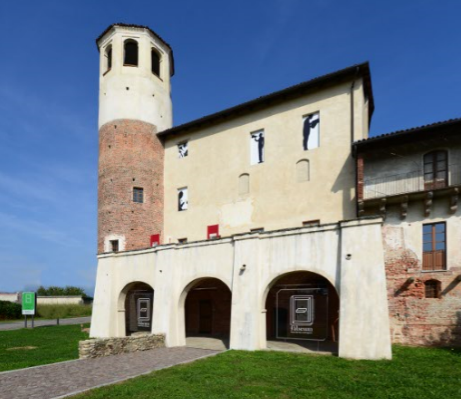



Falseum - The Museum of False and Deception is a multimedia museum located inside the Castle of Verrone, in the province of Biella. The tour, which winds through various thematic rooms, tells of how fakes can often have real effects on a large scale and have in some cases changed the course of history.
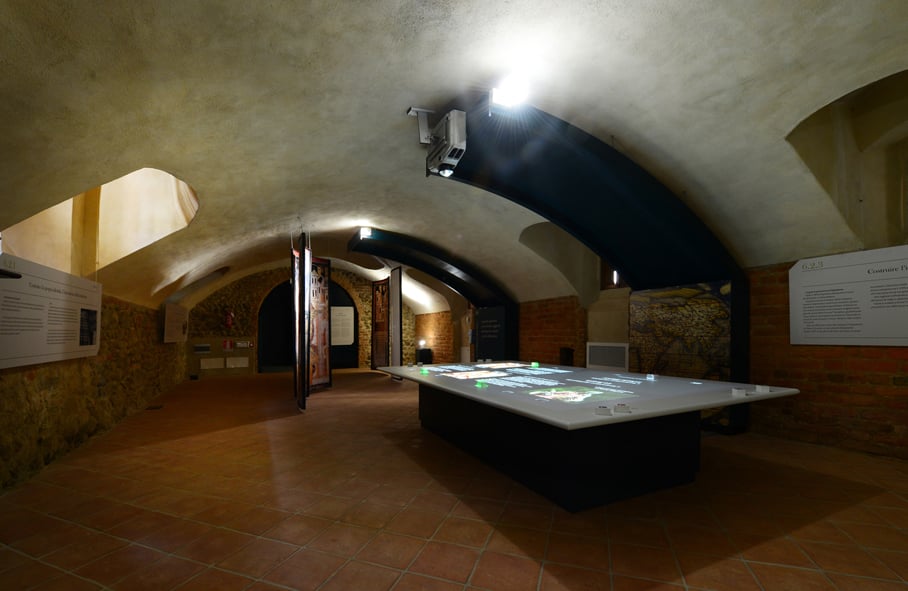
The Falseum project was born in 2009 on the initiative of the Municipality of Verrone, inspired by the book "It will be true", written by Errico Buonanno (Einaudi - 2009). The staging was completed in 2015. The inauguration took place on 12 September 2015, in conjunction with the first edition of the “Fake Festival”.
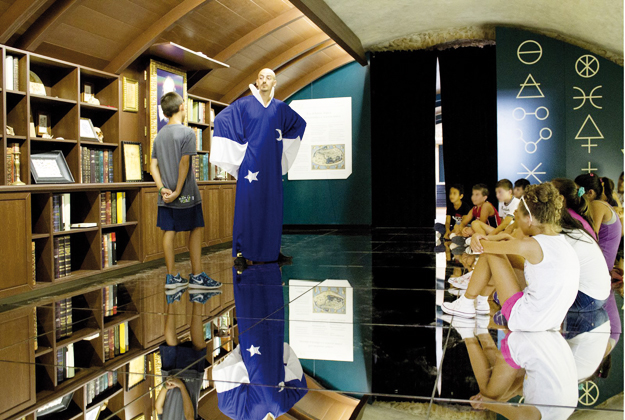
Where did the idea come from?
The ability to deceive is one of the most outstanding characteristics of man and has been applied for better or for worse, in art and war, in entertainment and politics. Nations have been built on fakes, traditions have been invented. Knowing the history of deception therefore means knowing an essential part of the history of humanity.
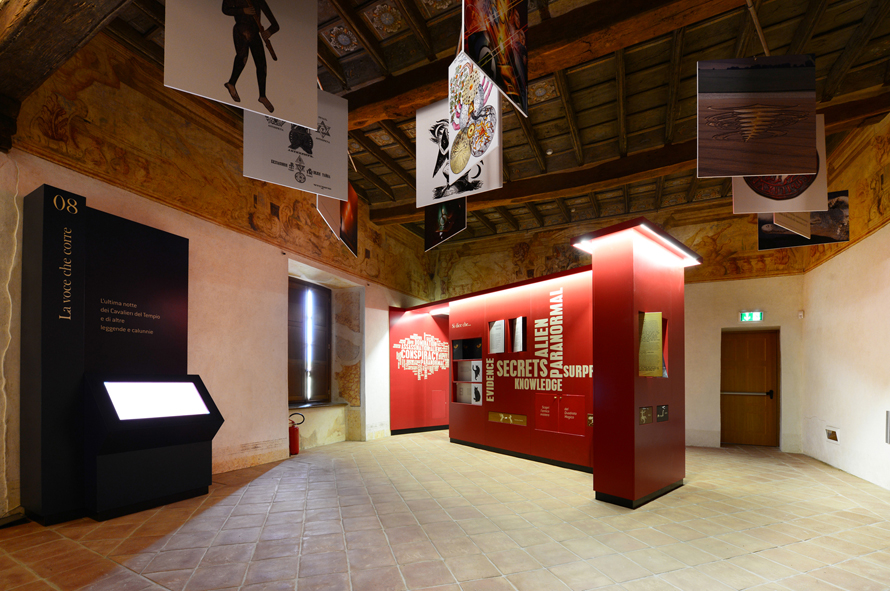
It is a museum, set up with the aim of suggesting a reflection on the concept of falsehood in visitors, exposing all the fakes of history. In fact, with this historical journey, the viewer is invited to reflect on the deceptions committed in the past in order to understand the mechanisms and learn to identify, to unmask the deceptions in today's world.
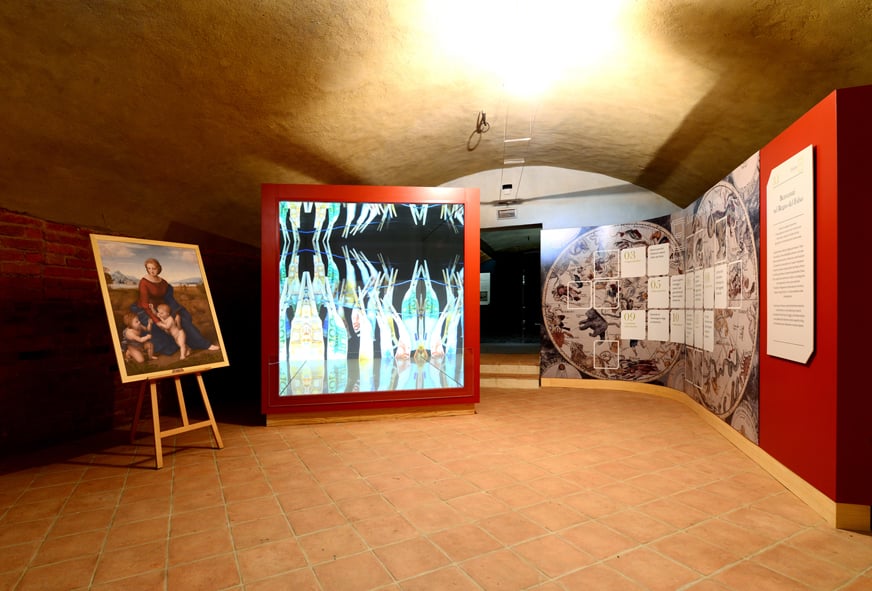
The Castle of Verrone, the building erected between the 11th and 12th centuries that houses Falseum, is also used as a municipal seat and partly as a private residence and is linked to the Vialardi family, documented in this area since XII century.
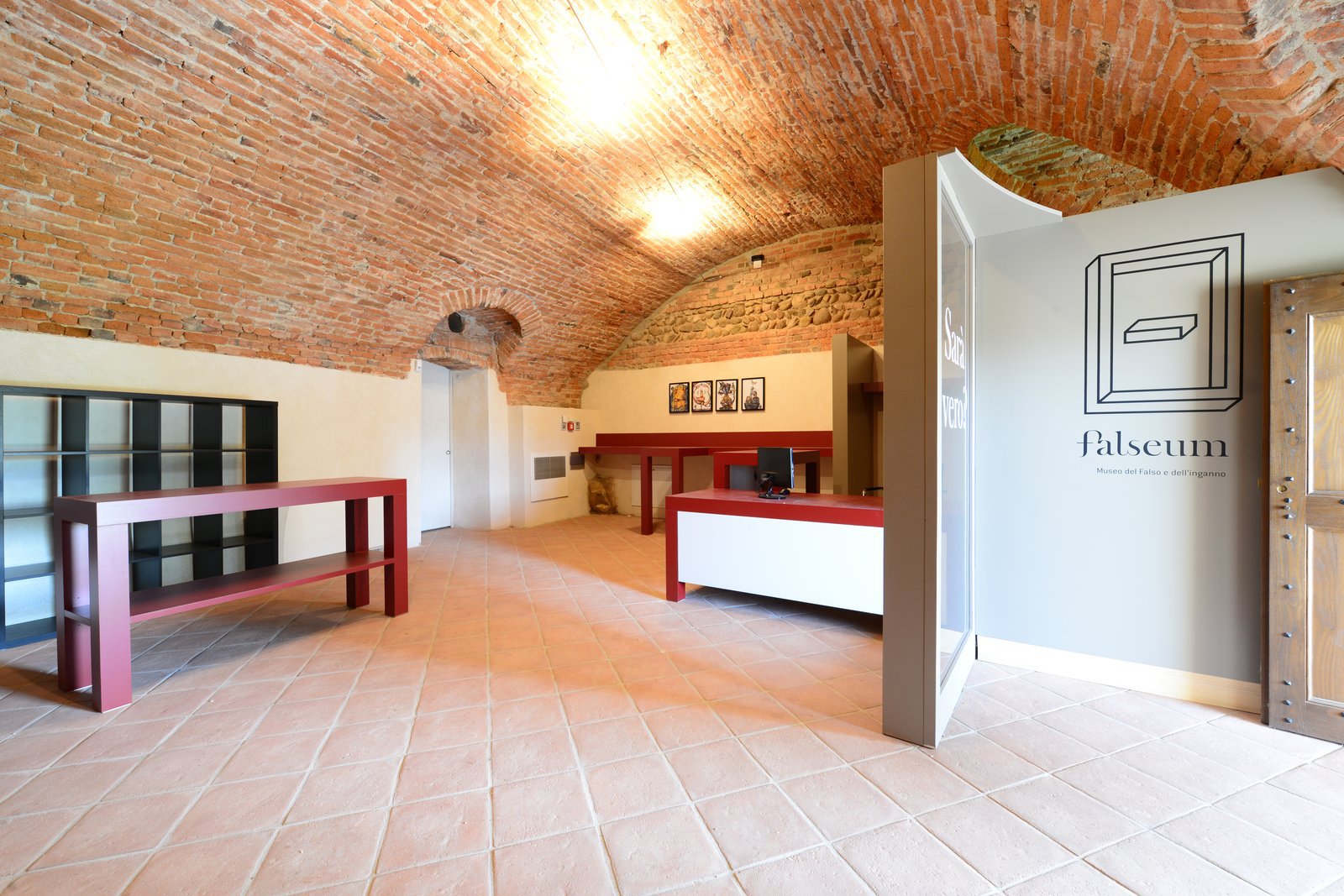
Completely recovered in recent years, it preserves inside, in addition to the thematic rooms of the False and Deception Museum, also a stately chapel (privately owned) dedicated to Saints Simon and Jude, decorated with frescoes attributed to the Master of Christ of the Sunday (15th century).
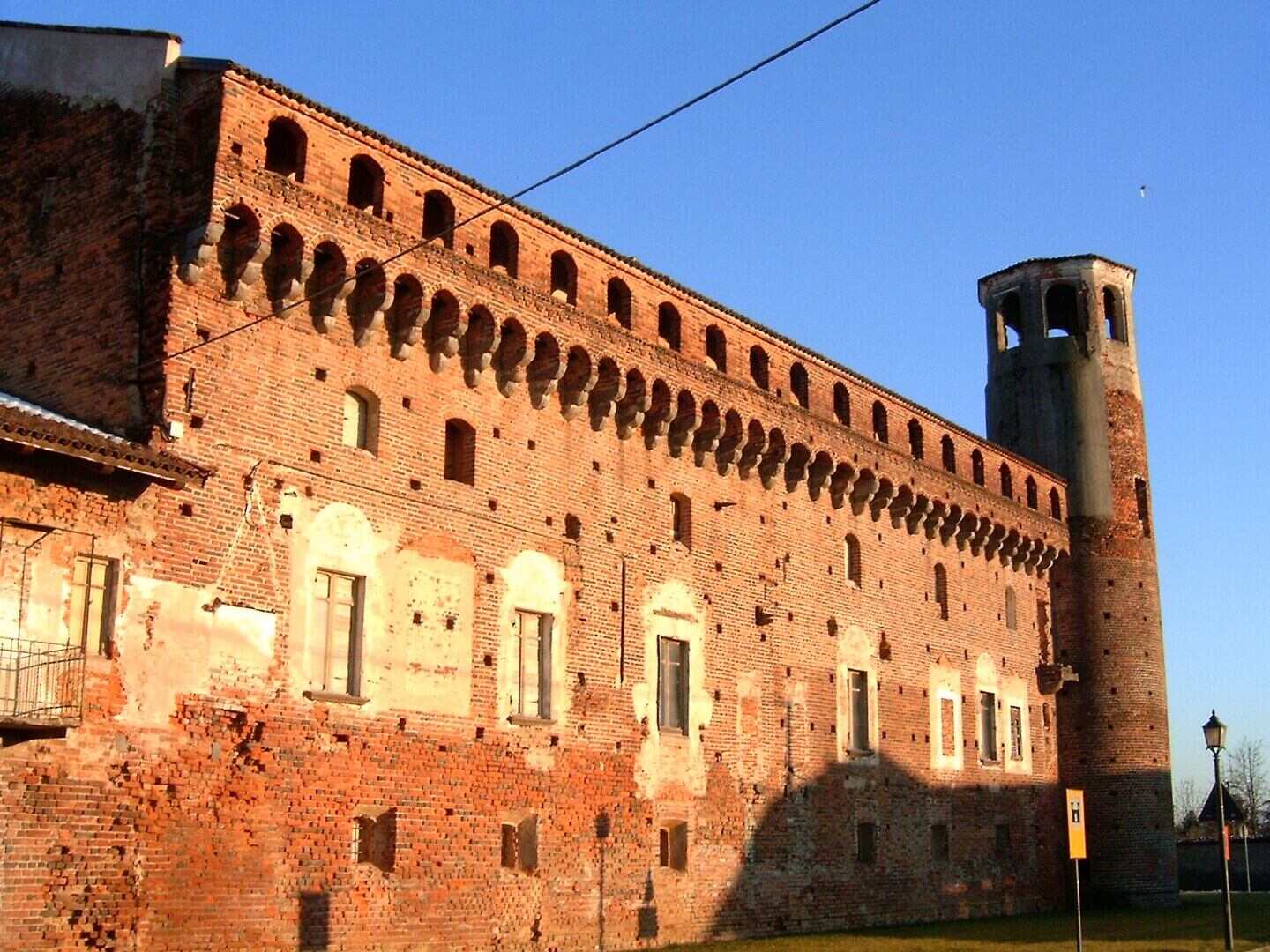
The Castle was also home to the distinguished botanist Maurizio Zumaglini who wrote the work "Flora piedmont" here, a detailed description of the species native to Piedmont and the Aosta Valley.
Falseum - The Museum of False and Deception - Castle of Verrone
Address: Via Della Valletta, 1, 13871 Verrone Biella Italia
Phone: +39 015 419 3082
Site:
http://www.falseum.it/it/Location inserted by
CHO.earth